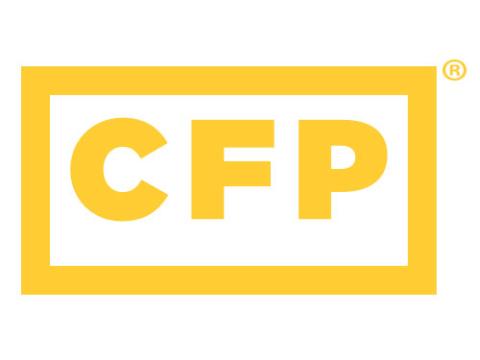1. Establish and Define the Scope of Work
- This step serves as the icebreaker between the client and the Certified Financial Planner™ (CFP®).
- The CFP® collects qualitative information such as the client’s health status, life expectancy, and family circumstances to begin identifying and evaluating the client’s specific needs, wants, goals, and expectations.
- At this stage, the CFP® and the client agree upon the scope of the plan, outlining the responsibilities of both parties.
- Modern tools, such as digital questionnaires or secure client portals, can streamline this process and enhance clarity.
2. Gather Information, Identify Values, and Set Goals
- The second step delves deeper into the details.
- The CFP® will collect quantitative information, including income, expenses, assets, and liabilities, using digital tools or platforms when possible.
- This is also the time to discuss the client’s values, attitudes toward planning, and life priorities.
- Sensitivity to cultural and personal differences is key here.
- Together, the CFP® and the client will select and prioritize goals that align with the client’s financial reality and personal aspirations.
3. Analyze and Evaluate the Current Status
- During this step, the CFP® uses the information gathered in Step 2 to assess the client’s financial position, including:
- Investments
- Insurance coverage
- Risk management
- Employee benefits
- Retirement planning
- Estate planning
- Modern financial modeling tools and analytics can provide a clearer picture and highlight areas needing attention.
- The analysis also considers emerging trends, such as ESG (Environmental, Social, and Governance) investments, if they align with the client’s values.
4. Develop Recommendations and Create Plan
- At this point, the CFP® drafts a comprehensive financial plan with recommendations tailored to the client’s unique situation.
- The plan includes forecasts based on different lifestyle and economic scenarios, offering flexibility to adapt to changes in market conditions or personal circumstances.
- Contingency plans for unexpected events, such as health crises or job loss, are also incorporated to provide resilience.
5. Review and Amend the Plan
- During this collaborative step, the CFP® reviews the proposed plan with the client, addressing observations and recommendations.
- Clear communication is essential, with visual aids like charts or projections used to simplify complex information.
- Regular touchpoints can help ensure the plan remains aligned with the client’s goals and evolving circumstances, fostering trust and adaptability.
6. Implement
- Implementation is where the plan comes to life.
- Clear communication between the CFP® and the client is crucial to define roles, responsibilities, and deadlines.
- Leveraging technology—such as automated savings systems or digital investment platforms—can streamline execution and tracking.
- Clients must also fully understand their action steps and the potential consequences of delays.
7. Monitor and Review
- This final phase can span years or even decades.
- The CFP® monitors the client’s plan at regular intervals, tracking progress and making necessary adjustments.
- Modern tools, such as financial dashboards or apps, enable real-time tracking and reporting.
- Additionally, the CFP® remains vigilant for new information, life changes, or emerging risks, like cybersecurity concerns or shifts in global economic trends, ensuring the client’s plan stays on course.
- For fiduciary CFP® professionals, the client’s best interests are always the top priority throughout this ongoing process.


